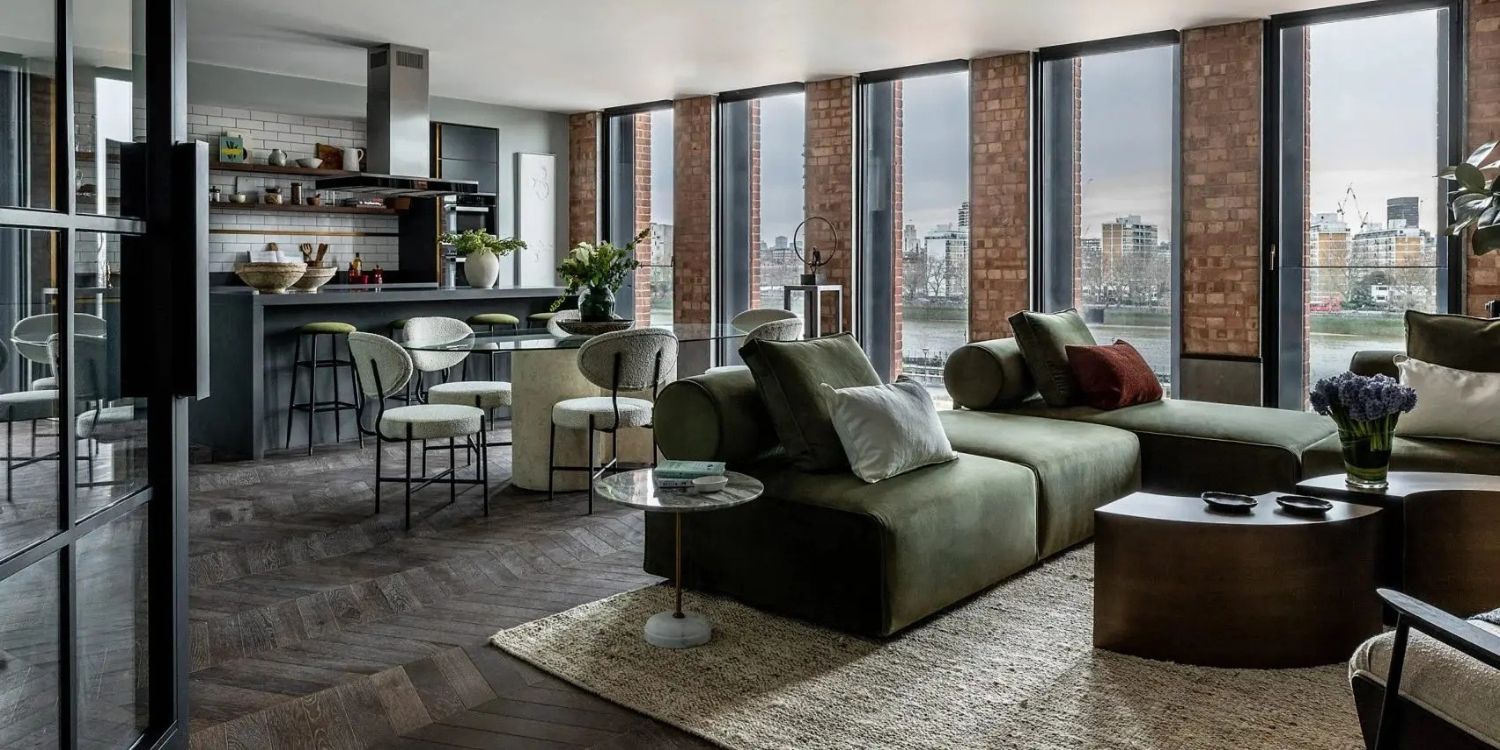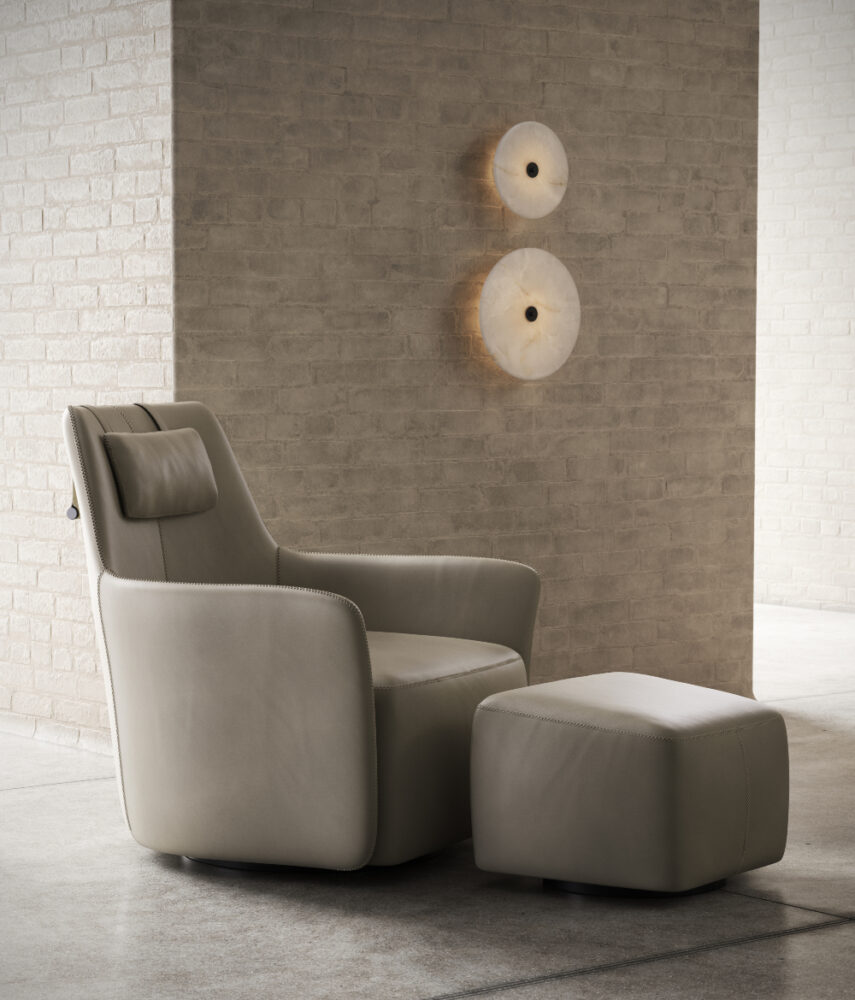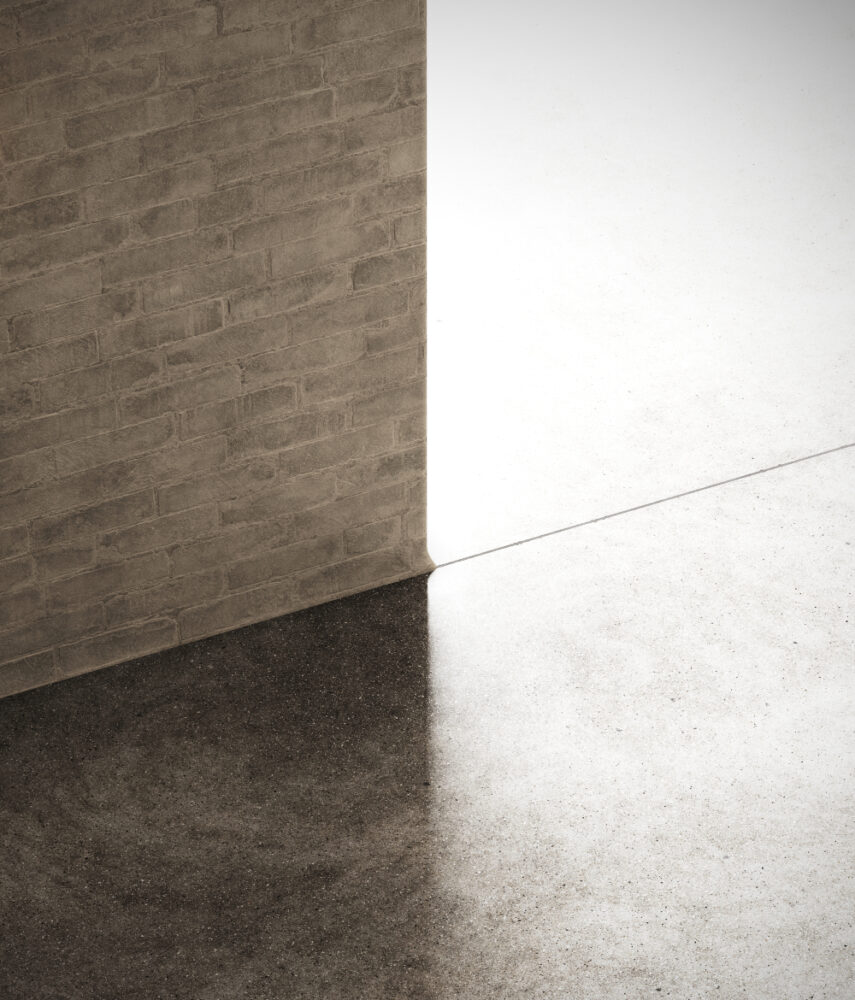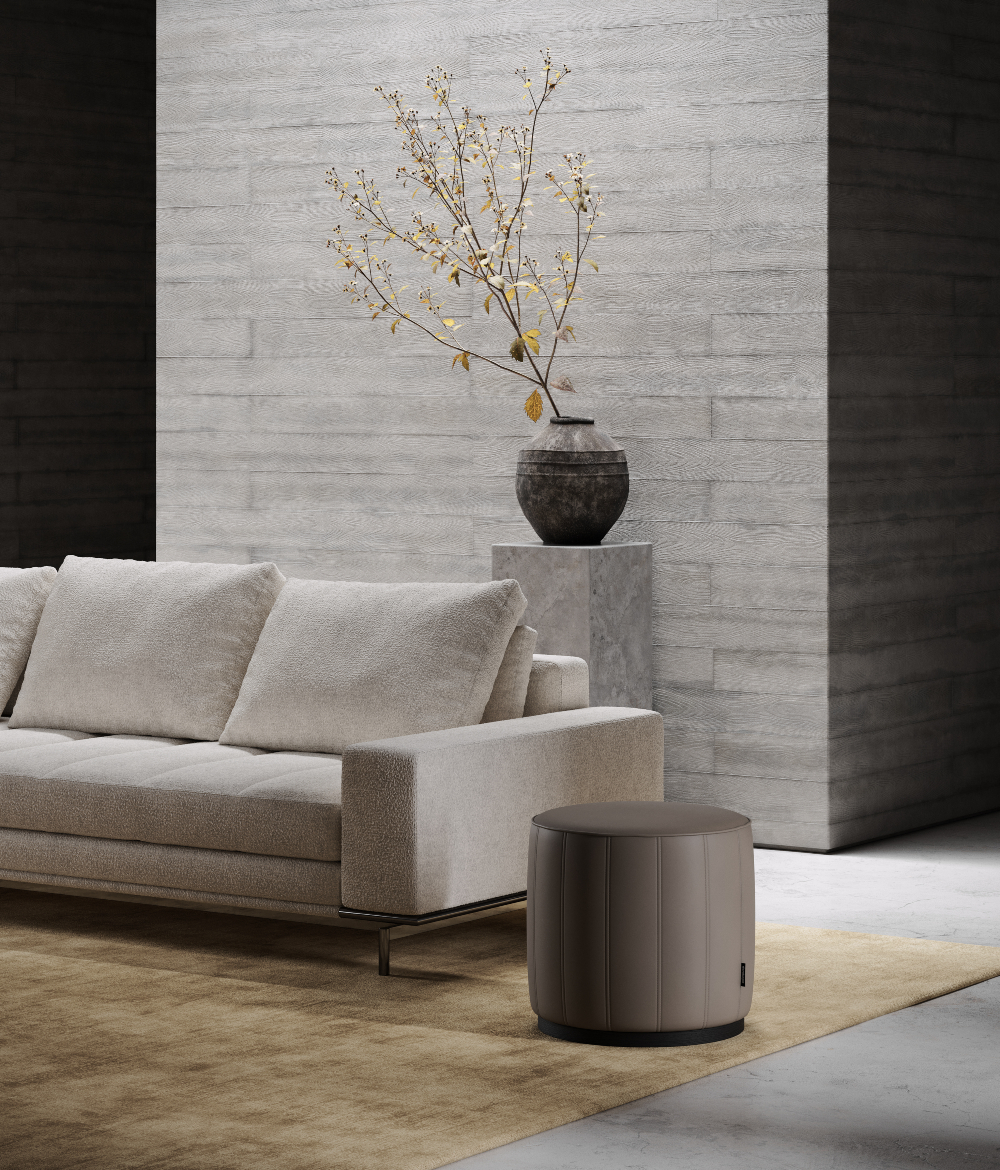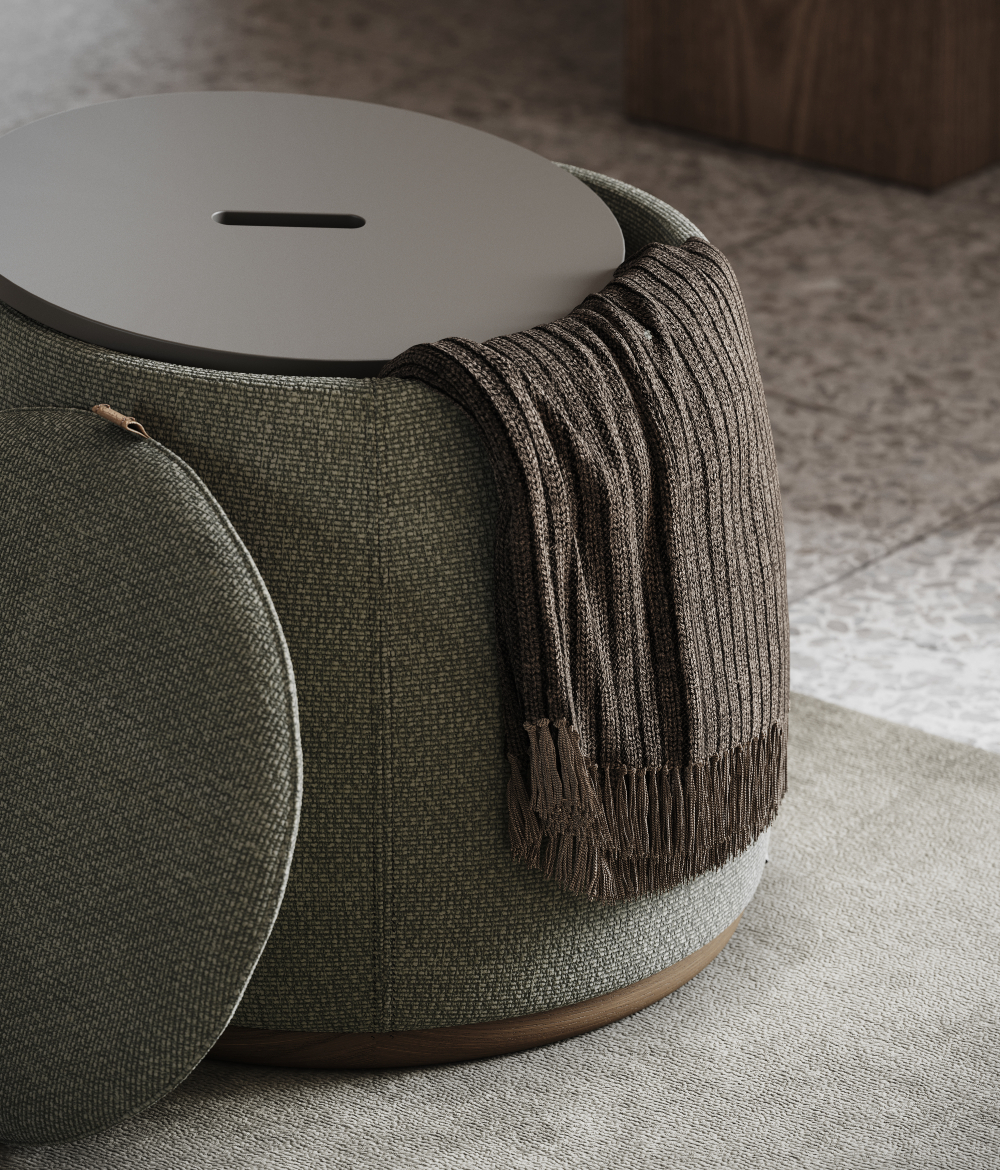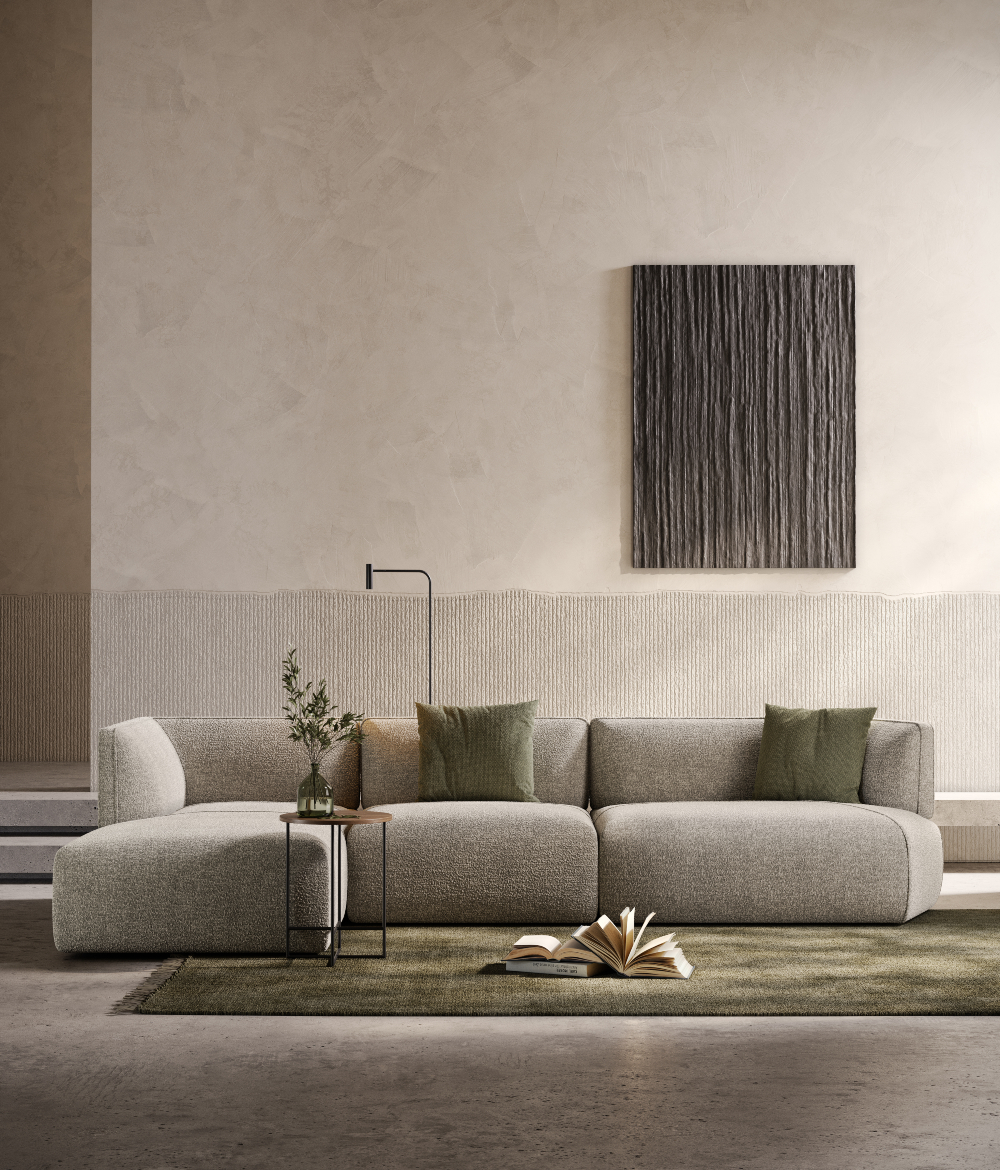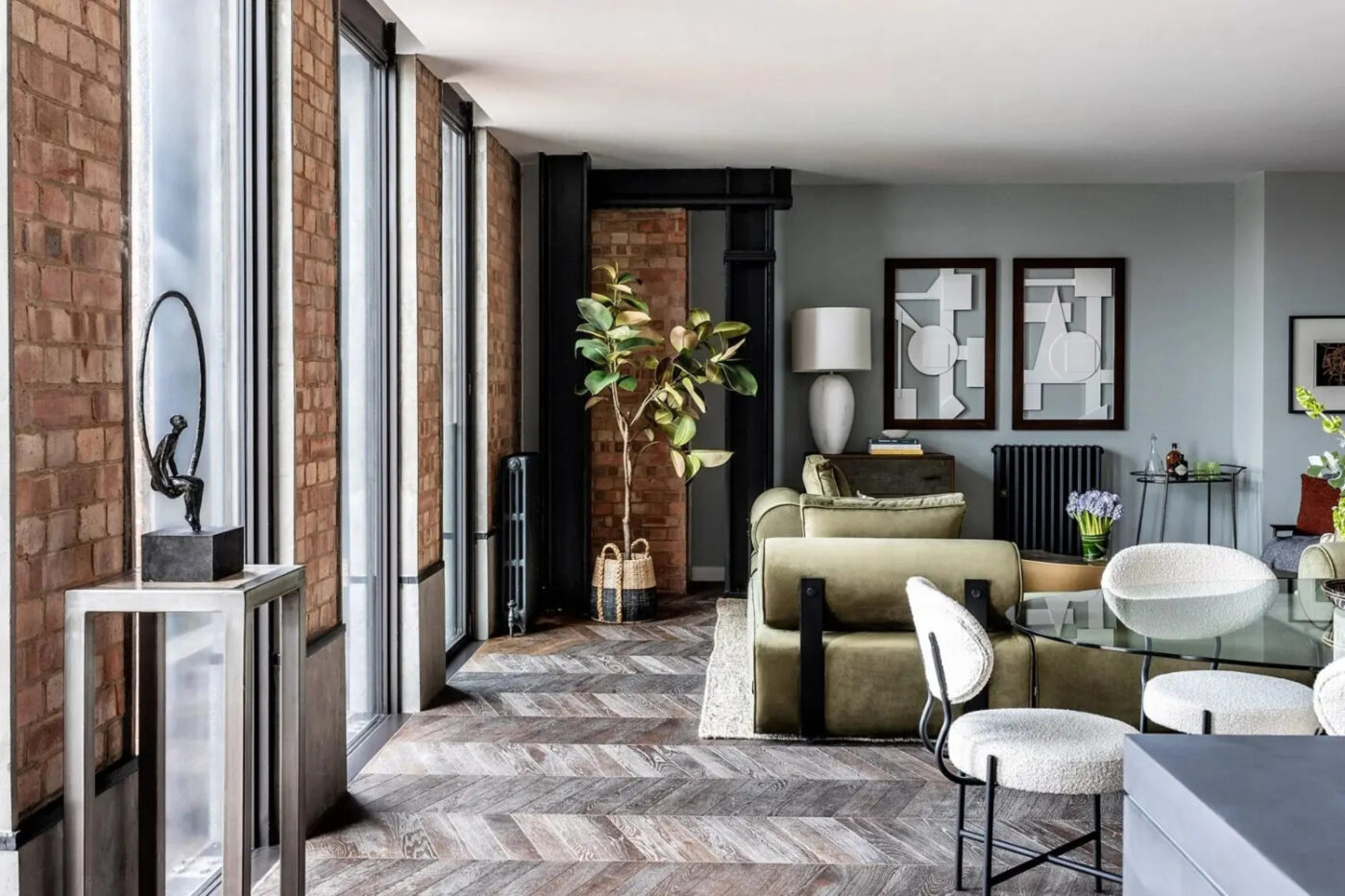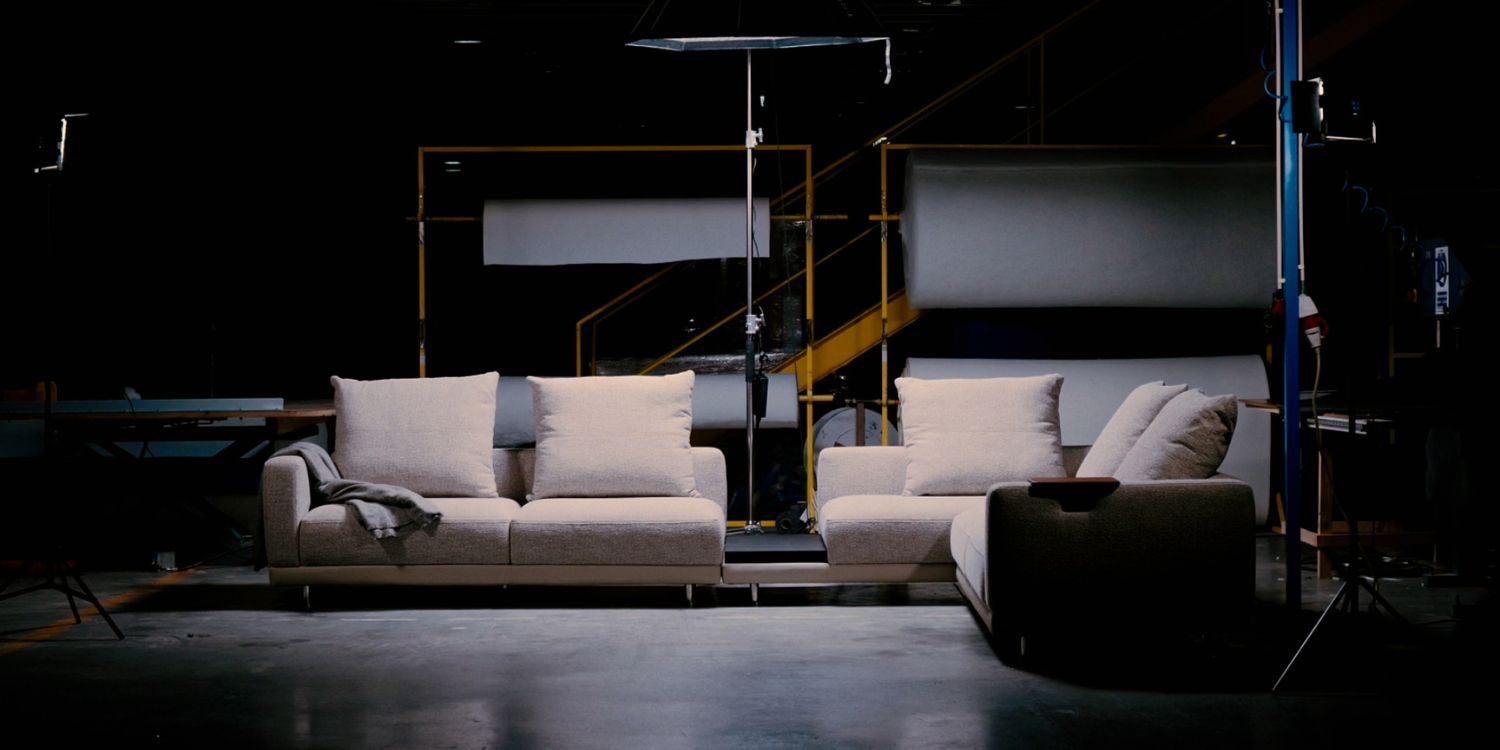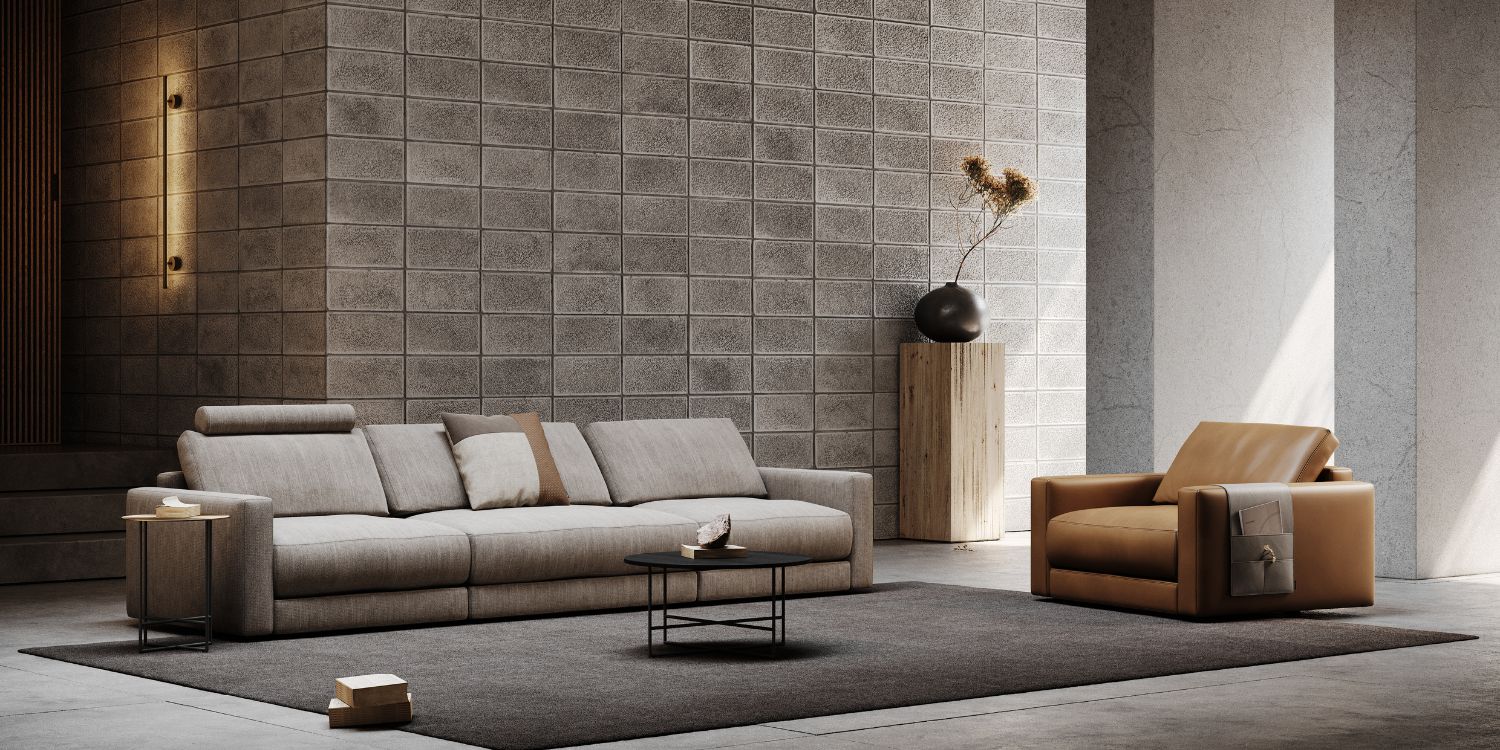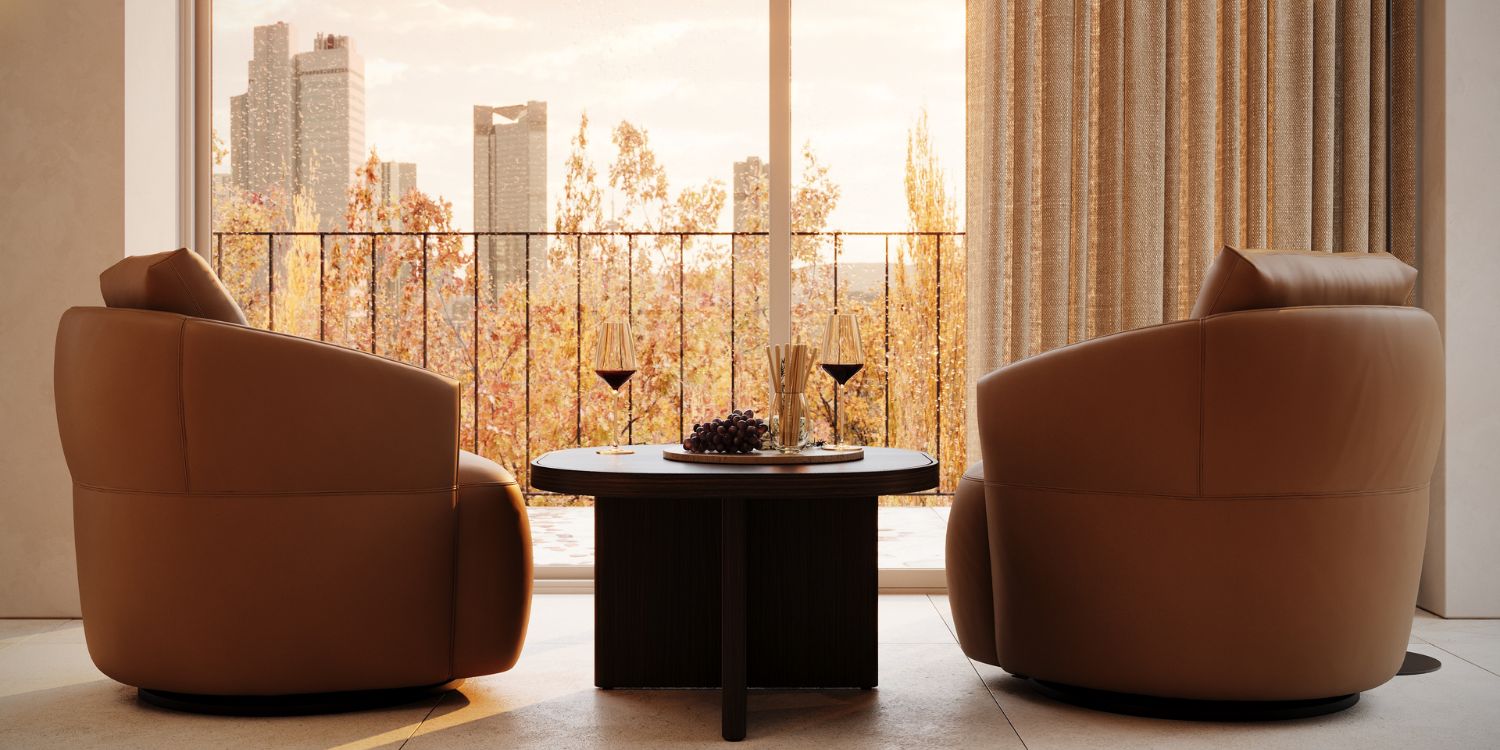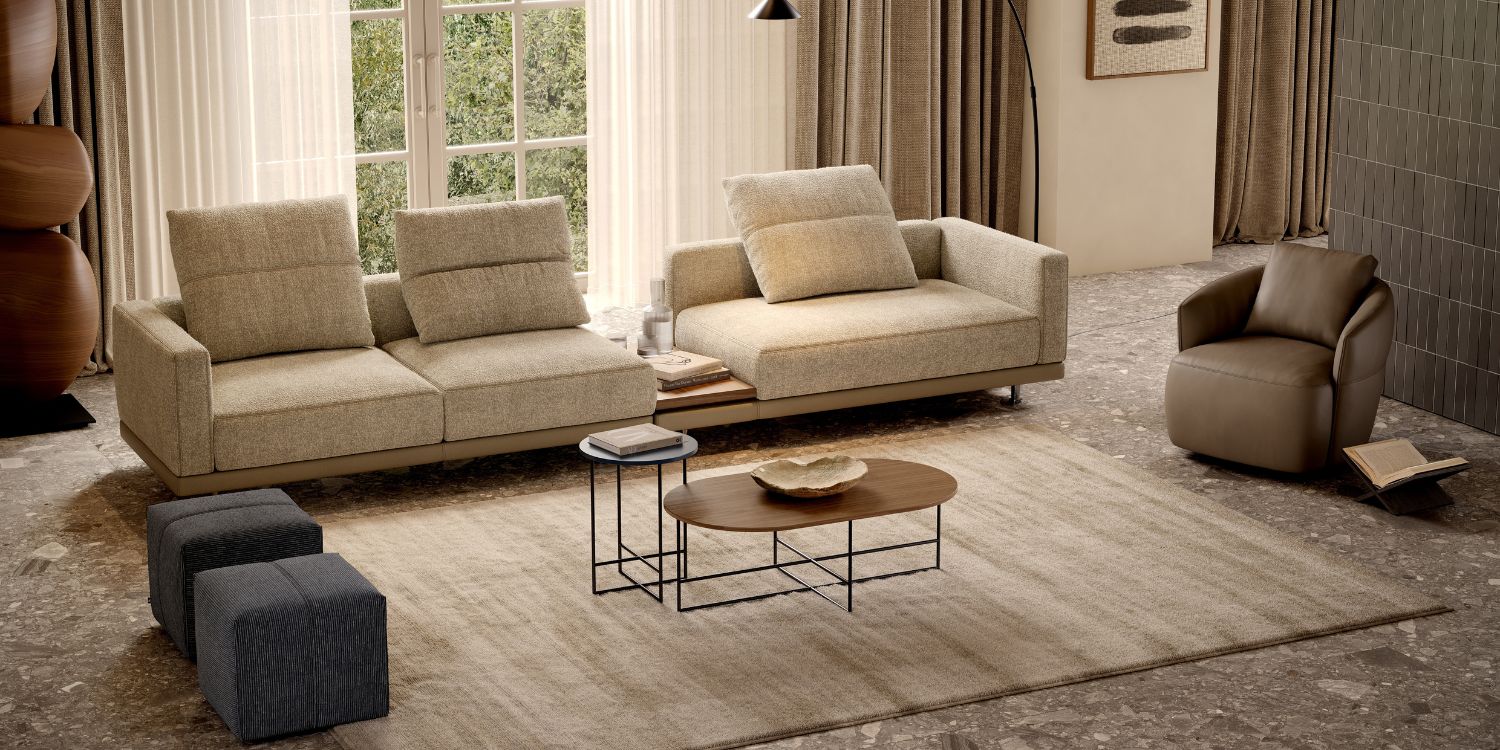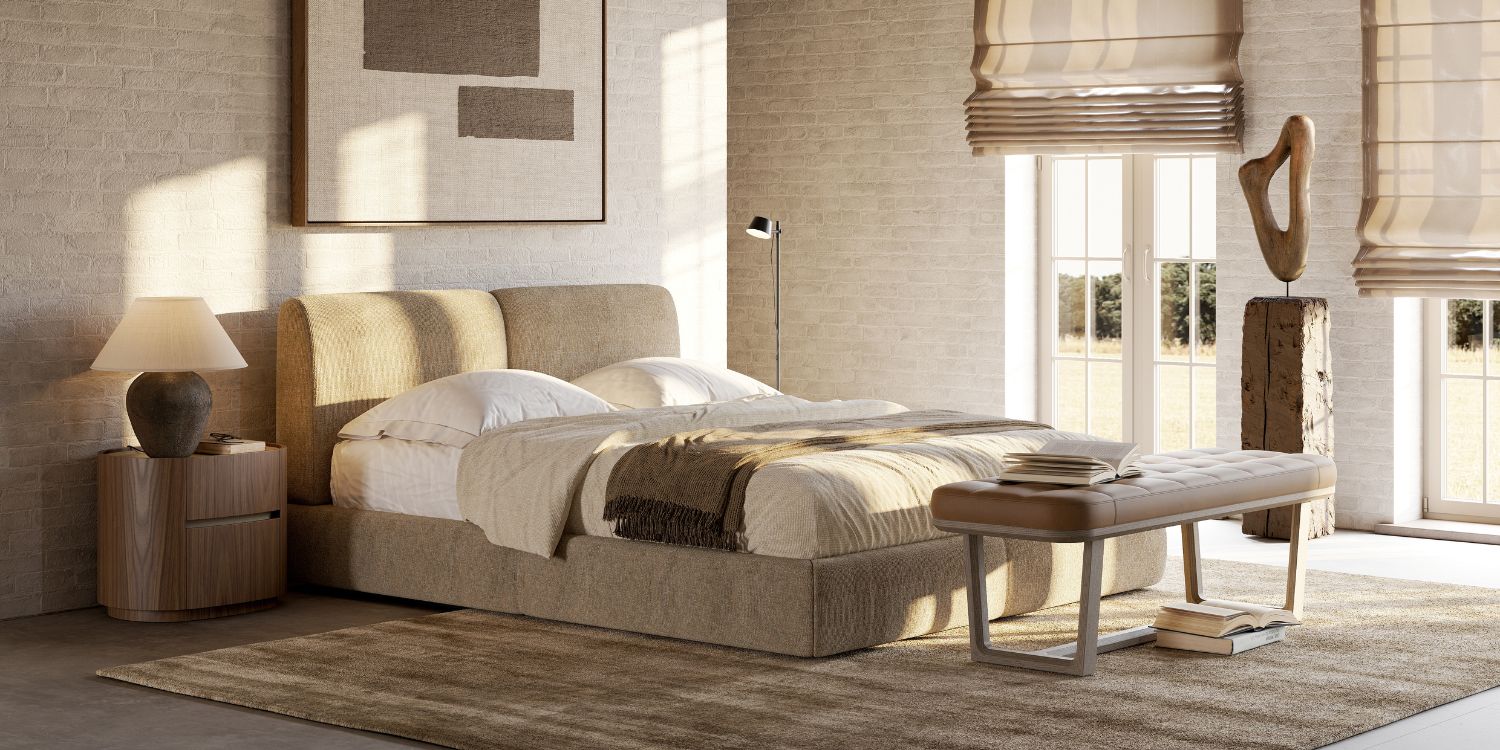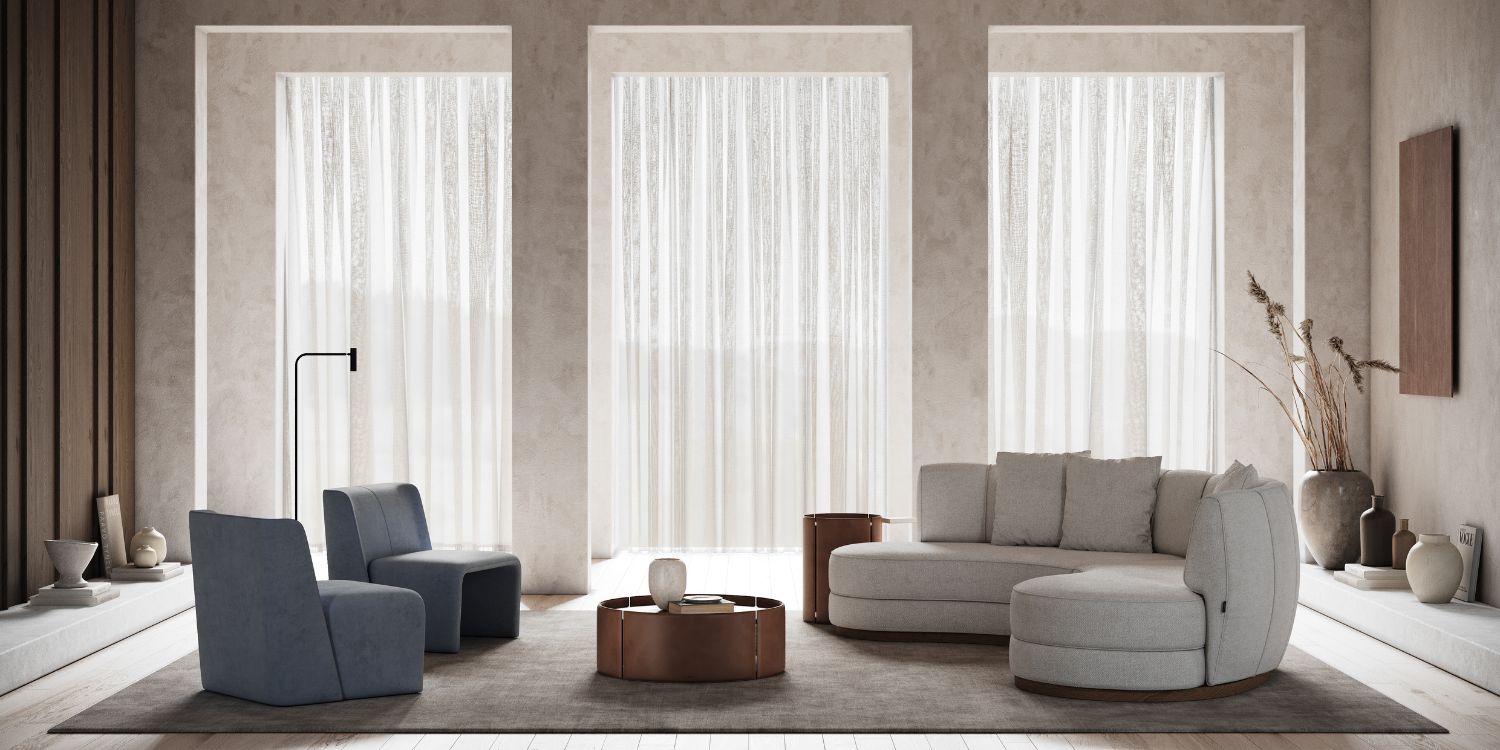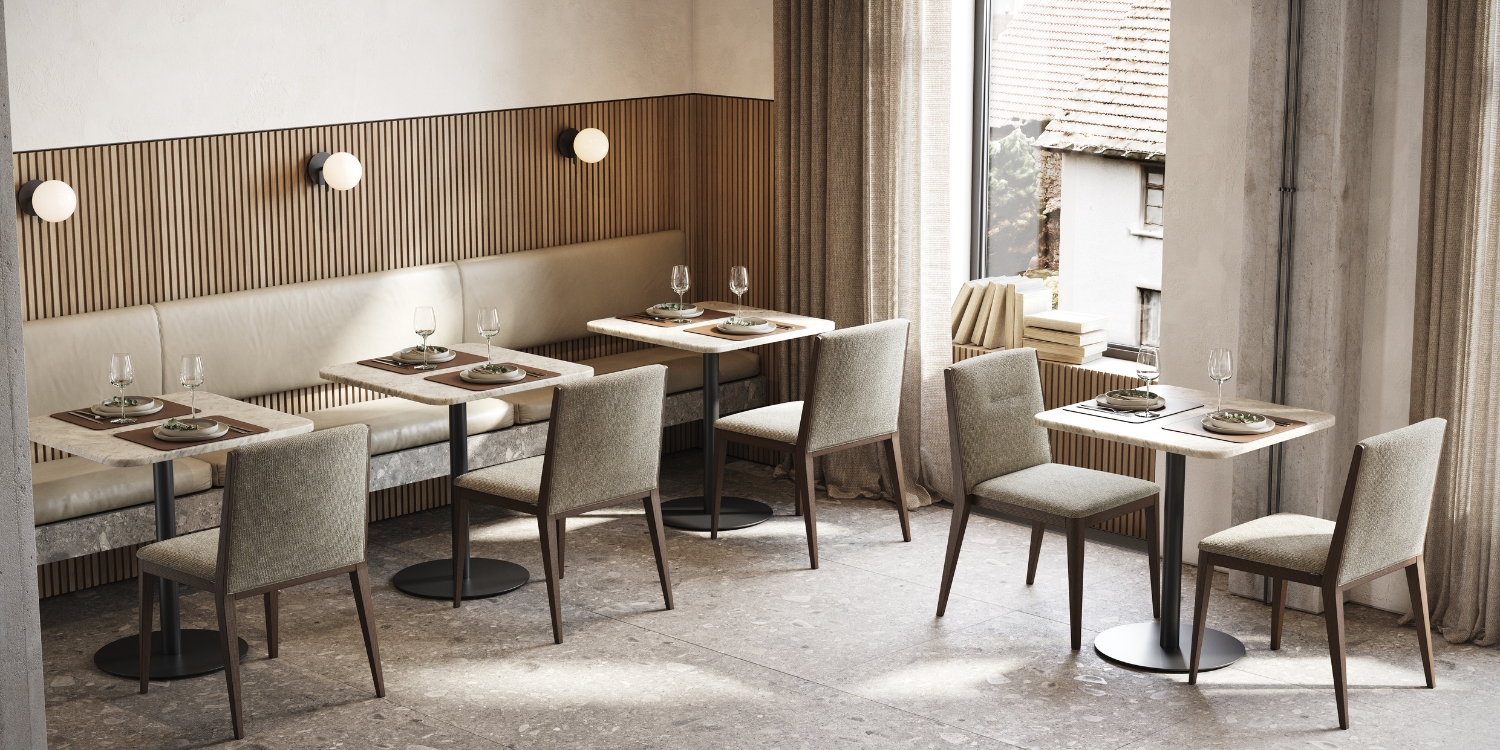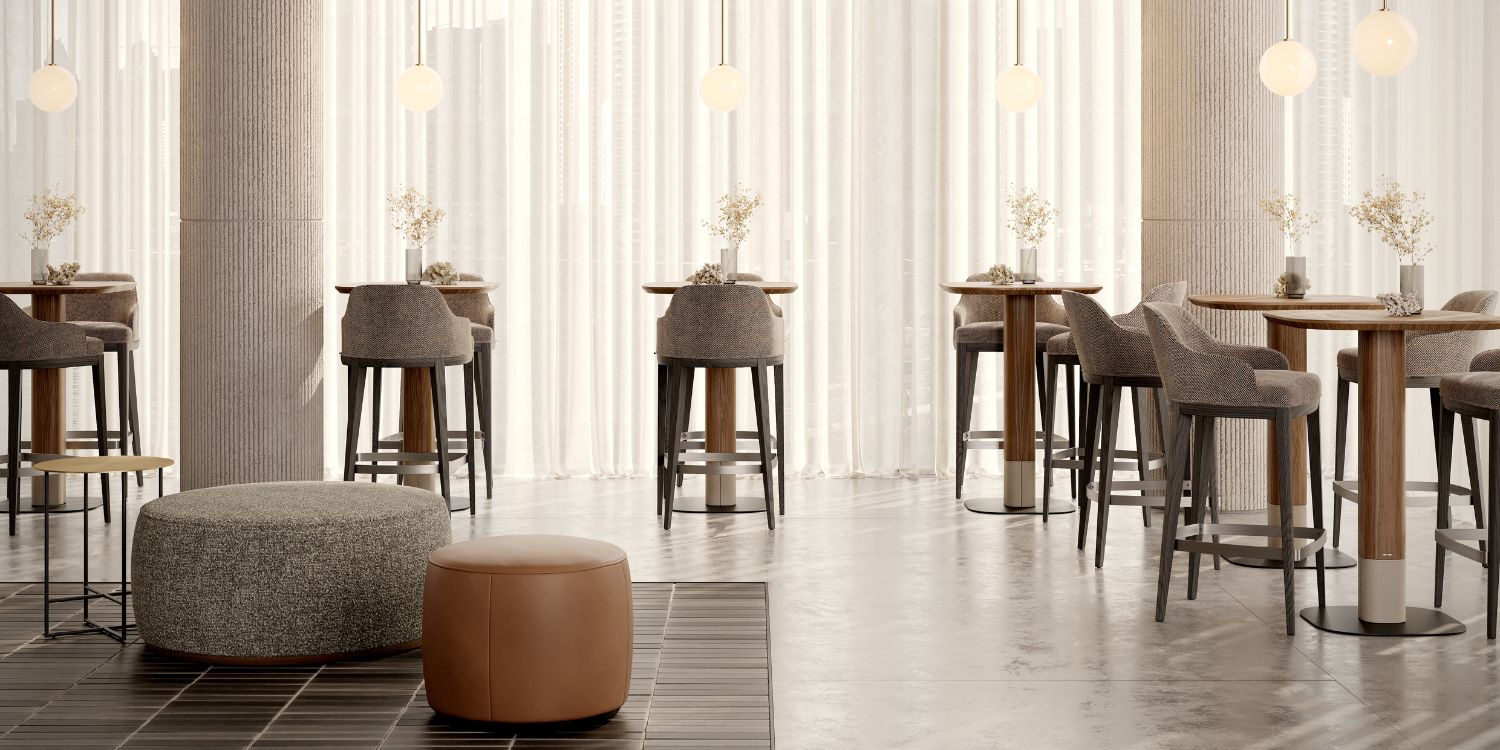Industrial interior design has captured the attention of architects and interior designers worldwide, with its appeal rooted in the beauty of raw, unrefined elements. This style is inspired by old factories, warehouses and urban lofts and it highlights the charm of unfinished textures, exposed structures and minimal ornamentation. However, creating an industrial-inspired space requires a delicate balance between authenticity and comfort!
Below, we’ll provide the essential tips for embracing the raw appeal of industrial interior design and ensuring your projects exude character and liveability.
Industrial Interior Design: what is it?
As the name says, industrial interior design is inspired by the look and feel of old factories, warehouses and other industrial spaces. This aesthetic began as a practical way to repurpose abandoned industrial buildings into living spaces, often in urban areas like New York and London. However, it’s evolved into a widely loved style that celebrates raw, unrefined materials and structural elements, such as exposed brick walls, concrete floors, visible ductwork and metal finishes.
This style is perfect for people who value a connection to history or want a more rugged, resilient look in their interiors. All in all, industrial interior design creates a timeless and uniquely personal space for your clients!
Key Characteristics and Elements
1. Embrace Structural Honesty
The industrial interior design aesthetic advocates structural honesty—revealing the bones of a building rather than concealing them. This involves incorporating exposed beams, visible ductwork, brick walls and concrete floors. The goal is to celebrate the space’s inherent architecture by allowing these foundational elements to shine.
The best practice is to highlight original features like exposed brick and raw concrete walls or, if you are working in newer buildings, recreate the effect with brick veneers or concrete overlays. Let these surfaces become focal points, balancing them with softer elements to maintain warmth.
2. Opt for a Neutral, Muted Palette
The colour palette in industrial interior design is typically neutral, often featuring shades of grey, white and black. Also, these tones are matched with subtle touches of warmer hues like brown, rust and beige to complement the natural tones of materials like brick, wood and metal.
For example, use deep charcoal or concrete tones for walls to give a nod to the industrial past and pair it with wooden or metal accents for warmth. You can also add pops of colour through artwork or furniture for visual interest while staying true to the industrial vibe!
3. Prioritise the Right Materials
Materials are at the heart of industrial interior design. Think raw, unrefined and durable: concrete, wood, steel and brick all capture the spirit of this style. Blending these materials creates texture and brings depth and a sense of history to the space.
Moreover, metal accents are essential! From exposed pipes and beams to furniture with steel frames and iron finishes, metal plays a starring role in this aesthetic. Polished steel, brushed aluminium and blackened iron echo the architectural elements found in old factories and warehouses.
4. Incorporate Large, Uncluttered Windows
Natural light is essential in industrial spaces, often featuring large, unadorned windows that let light flood in. Although oversized factory windows aren’t always possible in every project, opting for open, uncluttered windows creates the same effect, enhancing the space’s sense of openness.
Also, adding mirrors can help bounce light around, making the room feel more expansive and highlighting industrial textures.
5. Choose Minimalist, Functional Furniture
Furniture (our speciality!) in industrial interior design should be functional, minimalist and a bit rugged. Avoid overly decorative pieces and opt for designs that incorporate clean lines, sturdy materials and simple forms. Leather, wood and metal are great choices for seating, tables and storage.
For instance, a leather armchair or a metal-framed dining table can instantly ground the design. Also, consider multifunctional pieces that align with the industrial style’s practicality, like our Avery pouf, which doubles as storage.
6. Balance Raw and Refined for Modern Comfort
Finally, balance is key to mastering industrial interior design. While the style leans heavily on rugged elements, it’s essential to introduce refined finishes and modern amenities that make the space comfortable. A well-curated industrial interior feels raw and welcoming, striking a harmonious balance between the old and the new.
To do so, combine sleek, modern furniture with exposed brick or concrete walls or offset raw metal accents with warm, polished wood. The result is an industrial-inspired space that feels comfortable, livable and thoroughly modern.
Industrial interior design’s appeal lies in its honesty, simplicity and sense of history. By incorporating these essential elements, designers can create a space that’s visually striking and deeply comforting—a place where raw aesthetics meet refined function.
What about you? Do you like designing industrial interiors or do you prefer a more contemporary style?
Featured image: Michaelis Boyd
We are working every day to bring you the most stylish ideas to fulfil your inspiration and to create the best interior design projects so feel free to follow our Instagram Page and subscribe to our newsletter.

